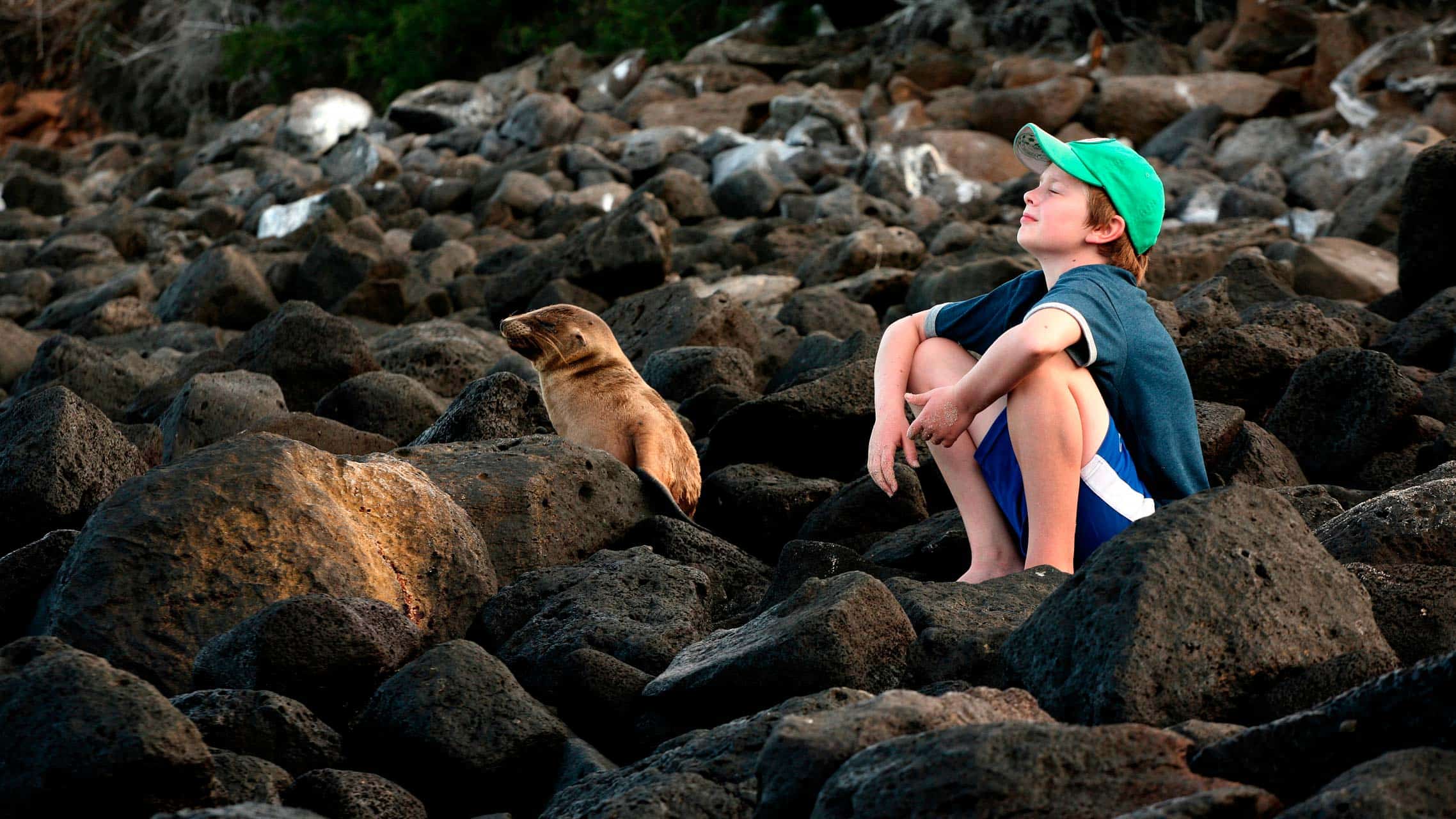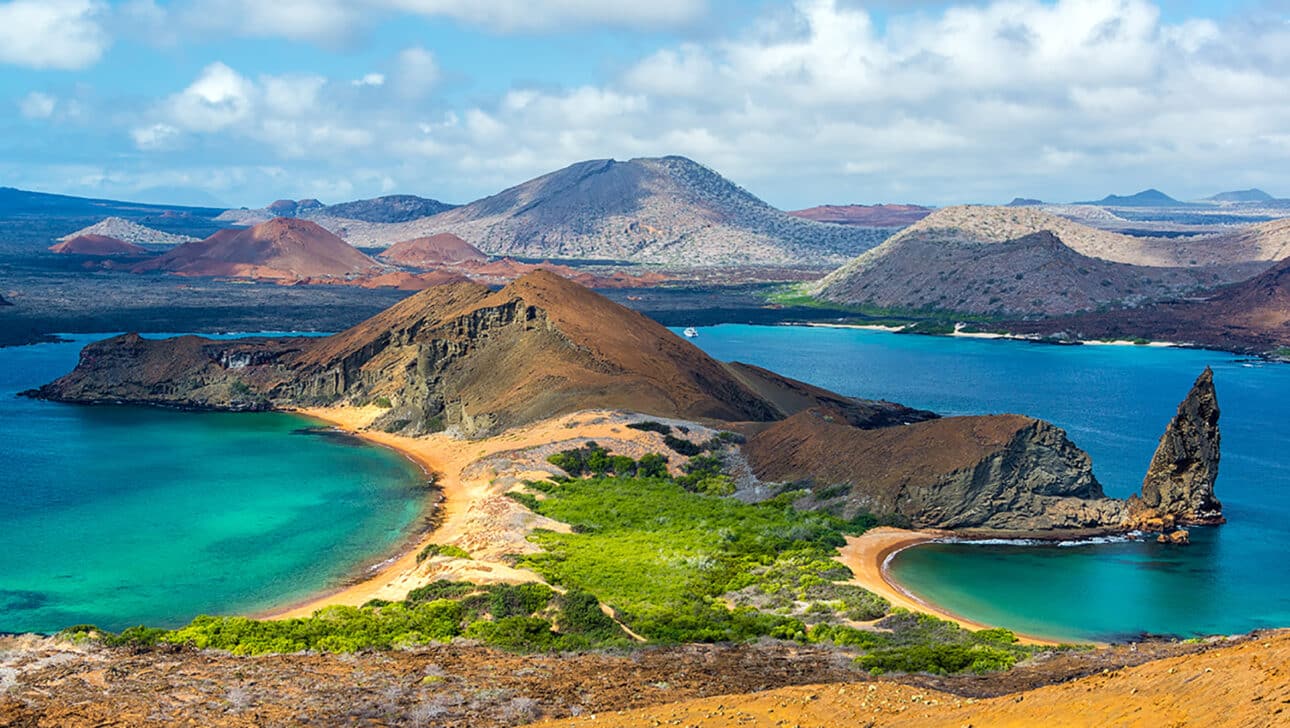Today we’re celebrating Endangered Species Day. And so, it’s an opportunity for all of us to learn about these amazing species and the everyday actions we all can take to protect them. Since Charles Darwin first discovered the Galápagos, there’s been no better place to learn about endangered species than the islands, where multiple animals face endangerment. This includes Giant Tortoises, Marine Iguanas, Galápagos Penguins, Green Turtles, Sea Lions, Blue Footed Boobies, and more.
Sadly, for many years starting shortly after Darwin’s discoveries, visitors of all kinds made their way by ship to the islands and with it the ecosystem came under pressure. Recently, with the development of island-based travel that is at the intersection of commerce, conservation and community, adventure travel has become a vehicle that makes a very positive impact to the sustainability of the endangered species living on the islands.
A key way this is accomplished is by working with expert naturalist guides, like those who lead Classic Journeys island-based trips. These local naturalists are licensed specifically for the Galapagos, live locally, and so know the ecology of the islands better than even Darwin himself. As a result, they are able to safely position visitors in close proximity to the endangered species, and answer every question you have about the natural wonders.
These committed naturalists are guardians of these singular islands. They help you understand and respect the boundaries… as they believe knowledge plays a huge part in the fight against species elimination. Their connections on the islands to the local people who live there, and so with that making the commercial rationale for locals to modify their behaviors away from activities like fishing or farming that can damage the ecosystems and replace them with ecologically sustainable behaviors like snorkeling that allows visitors to engage with the species in their own environments.
One example of this is our friend Sebastian, who re-careered from fishing to ecotourism. In his old career, he woke daily to catch octopus for sale to the cruise ships. Now, he tells Classic Journeys, “I used to go every day in my boat to fish for octopi that I could sell one time to the ships. Now, I am business partners with the octopi. I bring snorkelers to spend time with them every day instead.”
6 Endangered Species in the Galápagos:
#1 Giant Tortoise
On any wildlife trip to the Galápagos, the elephant in the room is a giant land tortoise. A healthy specimen can weigh half a ton and be 100 years old. They are the oldest and largest living tortoise in the world. The Giant Tortoise is threatened by dogs and cats that prey on their young and cattle which compete for grazing vegetation.
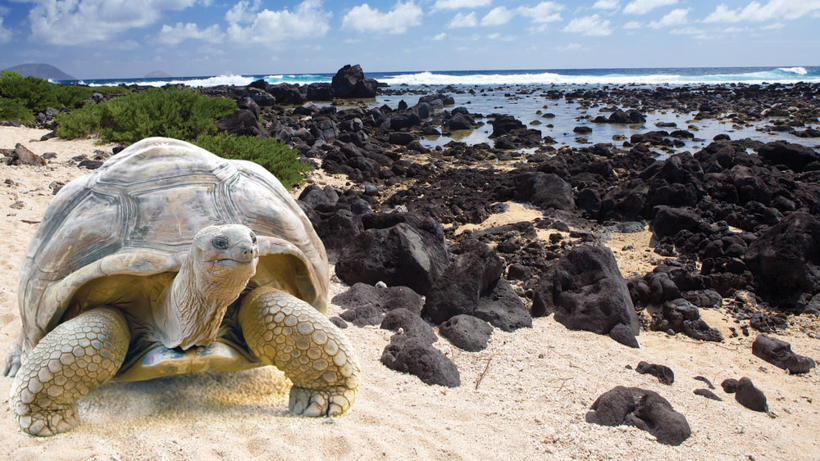
#2 Marine Iguanas
Marine iguanas are the world’s only oceangoing lizard. Although clumsy on land, they are graceful and magnificent in the water. Unfortunately, with rising sea levels and temperatures, their nesting habitats and ability to regulate body temps are causing their numbers to decline.
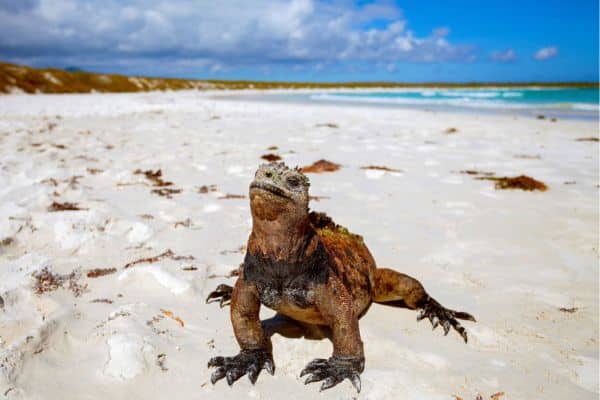
#3 Galápagos Penguins
The Galapagos Penguin is the only species of penguin found north of the equator. Snorkeling and kayaking are the best ways to encounter these playful creatures, and while they may seem abundant, they are sadly endangered. Pollution, bycatch and climate change are among the top threats Galápagos Penguins face.
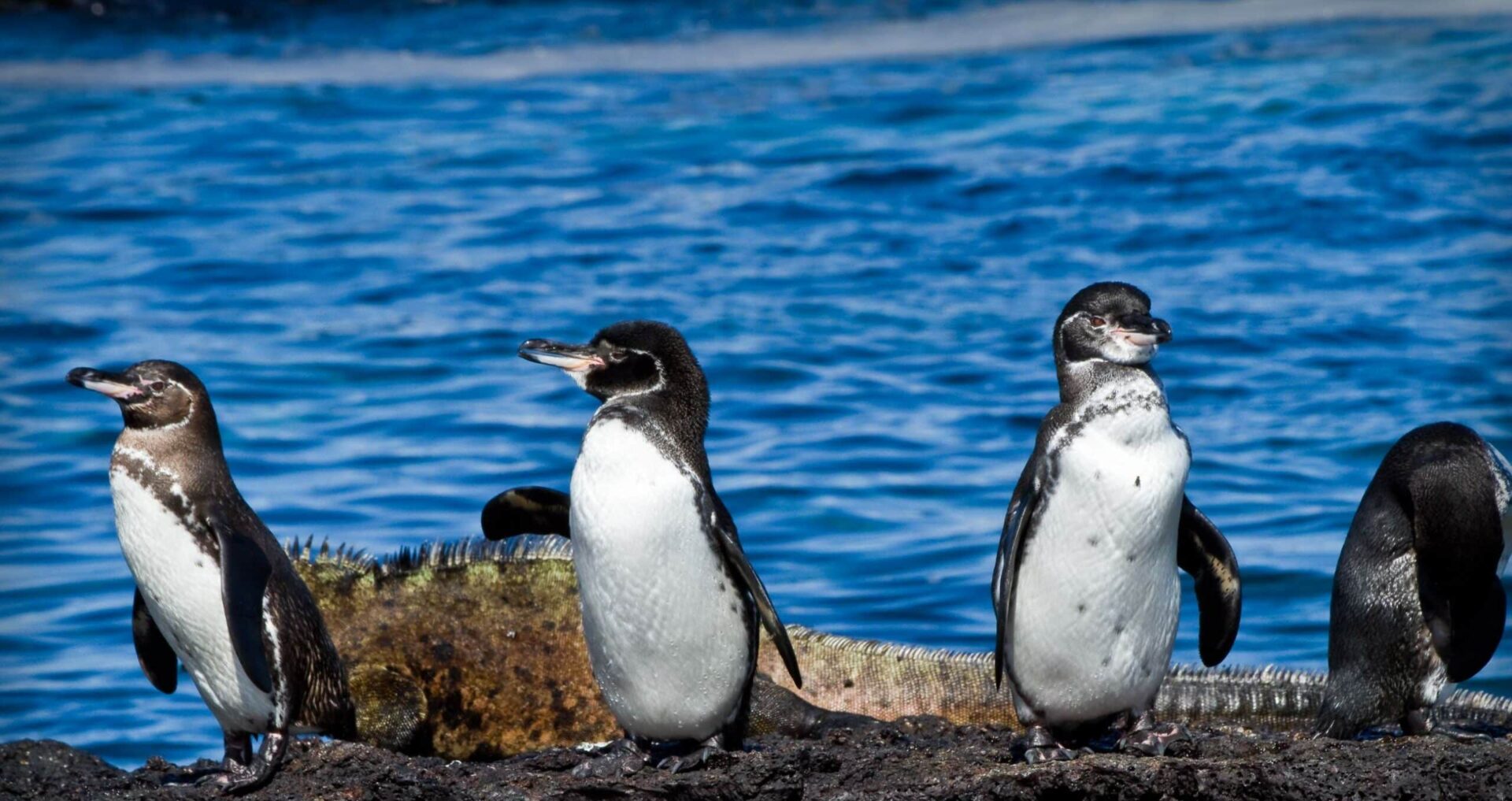
#4 Blue Footed Boobies
Blue Footed Boobies are an iconic symbol of the Galápagos, and they are happily blasé if you spot them in the middle of their mating ritual flaunting those vibrant blue feet! As you enjoy leisurely walks or kayak the waters – you’ll spot these unique birds perched on the rocky shores. Habitat loss and egg collecting currently threaten the species.
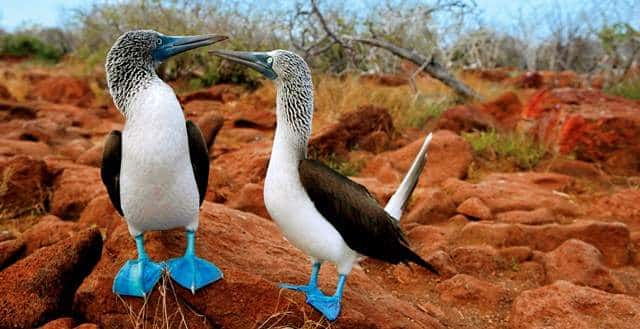
#5 Green Sea Turtles
Nothing beats that feeling of flying underwater with a sea turtle. Their grace is calming and beautiful to witness – especially in the Galápagos! Green turtles are extremely important to the ocean’s ecosystem as they maintain the seagrass beds and make them more productive. One of their main threats is fisheries bycatch. Worldwide, hundreds of thousands of sea turtles a year are accidentally caught in nets and hooks.

#6 Sea Lions
Belly down on the sand in the Galápagos, you can come nose-to-whisker with an adorable sea lion pup. Sea lions are the most common mammal in the Galápagos, and absolutely love to pose for pictures. However, due to the effects of climate change on ocean currents, which impacts their fish prey abundance, their numbers are declining. Bycatch in fisheries and disease also play a significant role.
